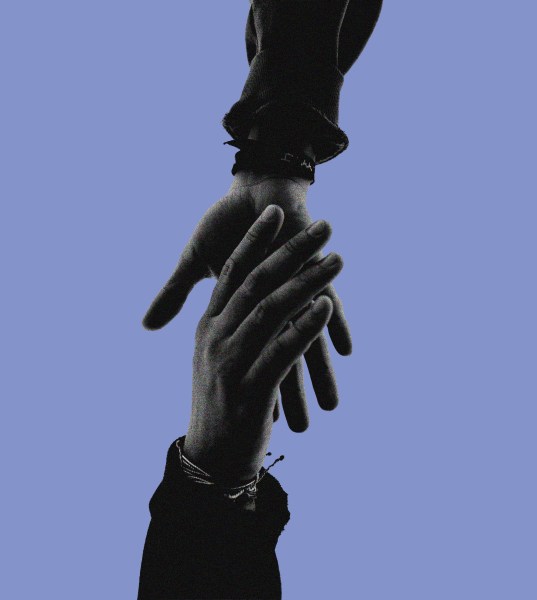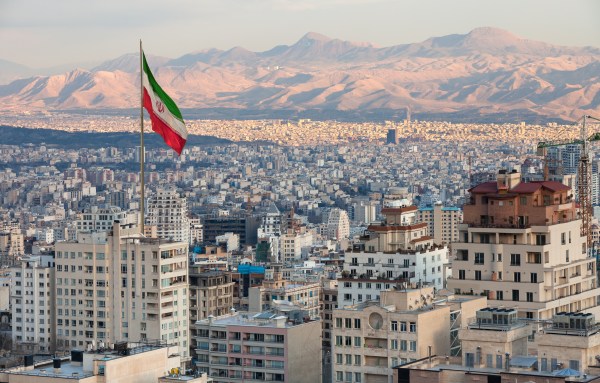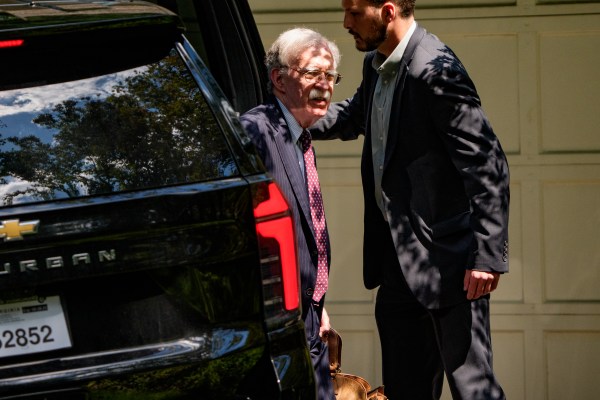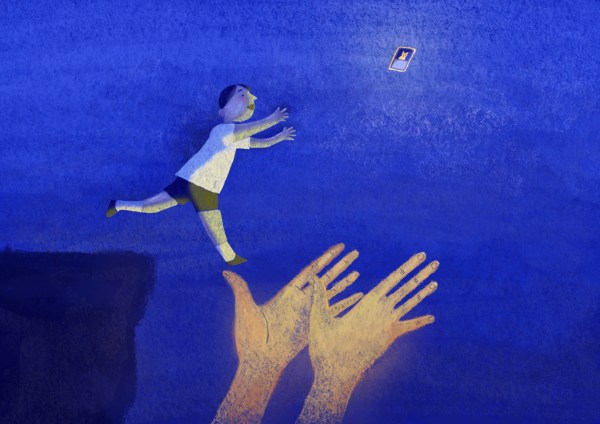In 1919, Edith Wharton, the American writer who spent World War I living in France, published a tidy little book called French Ways and Their Meaning. Not surprisingly, some of her observations from that long century ago don’t hold up. The French “power of sustained effort” seems off in the face of today’s 35-hour week and monthlong August vacation. Her firm conviction that “French culture is the most homogenous and uninterrupted culture the world has known” would be shaken a bit if she’d known that today, France hosts thousands of McDonald’s locations. On the other hand, she gets at some characteristics that remain wholly valid now, 106 years later: “The instinct to preserve that which has been slow and difficult in the making, that into which the long associations of the past are woven, is a … constant element of progress,” and “France may teach us that we should cultivate the sense of continuity, that ‘sense of the past’ which enriches the present.”
In rural France, near the town of Avallon where I’ve spent half of my time over the last 20 years, the effort to strike a balance between traditional values and new “ways”—whether it be the shift to large-scale, mechanized farms, the ubiquity of cell phones, the rise of fast food à la américaine—is apparent everywhere. Local mayors, farmers, and ordinary citizens think about, and talk about, the push and pull between the old and the new.
If one goes by statistics alone, or forgets for a moment that the French are (by their own admission) inveterate complainers, it is easy to conclude that the struggle to balance the old and the new is not making much headway; that rural France is in decline, suffering from the kind of fracturing of the social order that many say is happening in the United States.
In three villages near where I live (called “communes” in the French administrative system) the current populations are 285, 350, and 392, respectively, half of what they were in the 1880s. Household size has decreased by 21 percent over the last 50 years, from 2.8 to 2.2 people. In the last 30 years, the number of people over 60 has increased by 76 percent, while the number between the ages of 30 and 59 has gone down by 29 percent. Marriage rates have fallen, as has fertility. In 2024, in my own village, there were two births and three deaths. In many villages around here there are abandoned stone barns and houses with trees growing through holes in the roof. Within 10 miles of my village there are four nearly abandoned chateaux for sale and they’ve been on the market for years.
A neighbor who works part-time shearing sheep (and makes a decent living at that; he and his four partners sheared 130,000 sheep last year), tells me that in his village, the vie sociale (the state of social cohesion) is a “catastrophe”; it bears little resemblance to the way things were when he started his work in the late 1970s. A woman in another village complains “no one knows one another, people come home at the end of the day and go into their houses. No one says hello.” A retired engineer with roots in the area going back generations notes that in a nearby town (population 6,500) five miles away, as late as the 1960s, you could “walk down the street and shout out ‘hello cousin’ to everyone you saw, and you’d be right half the time. We not only knew each other, many of us were related. Not so today.”
As one mayor complains: “We can’t get people engaged in the life of the village anymore. The only time everyone gets together is when we hold our annual Christmas party.” When I ask her to describe the work of a mayor, she laughs and says: “Taking out the garbage—we (she and her assistant) have to do everything; only a few of the retirees are willing to volunteer their time.” When I asked three mayors about their most pressing concern, all three answered succession: One mayor, after her first term, was hoping to retire, but there was no candidate to succeed her. People begged her to run again, which she did, unopposed. In another village, the mayor’s second term will end in nine months. As of now, no one has expressed any interest in succeeding him.
In the late 1970s, the three villages nearest to me had, in total, 37 working farms; today there are six. A few of the farmers I know lament that French young people (many of whom are unemployed) don’t want to work hard, and farming is hard work. The sheep shearer told me he knows a young local man who wants to farm, but his wife does not want to live in a village; she wants the “animation” of the town. One farmer said: “When I was a boy my father would say ‘How’s your work going?’ Today people ask, ‘What are you doing this weekend?’ Leisure has replaced work as a priority. The priorities today are family, leisure, then work and money.”
Still, for all its problems, some of which resemble ours in America, rural France is different. The effort to strike a balance—not to make France great again, but to hold on to what makes it great without impeding necessary change—is a conscious one. Many regular people, not just policy wonks or social scientists, are working alongside those authorities who make policy and set projects afoot to strike a good balance. And however uncertain, stumbling, and contradictory the struggle is, there are signs of success, at least in this part of rural France.
Despite the complaints of many farmers, agriculture in rural northern Burgundy, while under pressure, is basically alive and well. Cereal crops in the area are scientifically managed and the rolling hills are covered in rape and sunflower seed, millet, wheat and corn. And France’s agricultural research institutions, such as Institut National de Recherche pour l’agriculture, l’alimentation et l’environnement (INRAE), are ranked among the best in the world. In modern farming, here as elsewhere, size matters. This isn’t Kansas, after all, so in this part of Burgundy a large field might be 150 acres, others as small as five, but every patch of open land is worked for cereals or pasture for grazing. If you raise sheep, local farmers tell me, you’ll need about 1,000 of them and at least 250 acres of good grassland to make a living. If you are raising the Charolais breed of cattle for meat, you’ll need access to about 700 acres of land. If you don’t own the required acreage, you rent it from those who no longer farm. (You might think that those who no longer farm would want to sell their land. Not so. There is a local expression “Ni jouer, ni vendre,” meaning “…won’t play anymore, i.e., won’t do what is necessary to keep things going, but won’t sell either.”) And farmland is government-protected; it cannot be built upon. The calculus of land availability, ownership patterns, and the potential built environment is complex and highly regulated, with two results: Nearly everyone complains, and nearly everyone benefits in one way or another.
Two new words in the French vocabulary speak to the effort to strike a balance between the old and the new, and they are repeatedly heard, especially in talking with mayors. The first is “denaturisation.” As one mayor put it, one concern is to preserve rural France’s physical characteristics in the face of the windmills and solar panels that have begun appearing in what were once open fields. But because of this concern, the transition to renewable energy is slow. People complain about the windmills, and of course, at the same time about the cumbersome regulatory process required to build them—but in the end, it is this process that keeps rural France from becoming “denaturized.” The second and related term is “bétonisation,” from the word béton, or concrete. Local villages, while they have allowed the construction of some affordable housing and parking lots, have set strict limits on the spread of concrete—again, a conscious effort to preserve the aesthetics of the countryside.
As a British former farmer who moved to a nearby village 15 years ago told me, “The French don’t realize how good they have it.” But maybe they do. Edith Wharton, back in 1919, remarked that “France, as her historians have long delighted to point out, is a country singularly privileged in her formation, and the latitude she occupies. She is magnificently fed with great rivers, which flow where it is useful for commerce and agriculture that they should flow… Above all the rich soil of France, so precious for wheat and corn growing, is the best soil in the world for the vine.”
Many people who visit France think of densely populated Paris and its suburbs. But rural France is another world; one can go for miles around here and see only fields and forests—France is the second most forested European country after Sweden—and it’s this look that is central in the struggle to keep the balance. The physiognomy of France can appear unchanged from hundreds of years ago. Indeed, you can look out over the hills of this part of France and see a 19th-century painting by Gustave Courbet or Camille Pissarro come alive. Yes, there are the 13 windmills that were put up not far from where I live in the last four years, but they are confined to one ridge. There are no billboards. Houses cannot spring up anywhere. And many rural roads have kept the footprint they had when they were cow paths.
And, history is everywhere. My own village can trace an uninterrupted line back to 1239. Plaques and signs feature in almost every village, and of course, there are the churches, built during the Middle Ages—while they are mostly empty on Sundays, public money keeps them up. France’s national geographic institute produces hiking maps that cover every inch of the country and note everything from monuments to “notable trees” to ancient Roman roads. Most telling is the vibrant continuity of the weekly market day, a tradition that goes back almost a thousand years and will see the town jam-packed by 10 a.m. on Saturday in good weather.
Still, there remain dark clouds here with which Americans are familiar: fake news, conspiracy theories, anti-immigrant sentiment, and distrust of government. So far, though, this part of rural France continues to resist. Kids still join scout troops and hike the many trails in the hills without their phones; most families still insist that their children kiss visitors on the cheek hello and goodbye. And for all the decline in social capital, most people covet their identification with this or that commune: One of the mayors I know proposed merging with two nearby villages to form one unit. When the day of the vote arrived, turnout was unusually high, and a majority voted against the idea. The deeper French need for continuity and identity reared its head.
Again, contradictions abound. Almost every French person I know, from small business owners to local artisans, mocks the idea of the 35-hour week and recognizes that closing the country down for a month in August does not make for great productivity. At the same time, when push comes to shove, they do not want to let go, especially of the cherished August vacation. When I asked a local businessman who runs a successful excavating company to give me an estimate for some changes in our septic system, he said, “Well, I go off soon for my August vacation, so I won’t be able to give you the estimate till the fall, and then could not possibly get to do the work until next spring.” Americans talk a lot these days about the need for work-life balance. They should meet my neighbors.
At the same time, most people recognize the need for adjustment as rural France depopulates. One partial answer to the decline seems to be tourism. There are 48 communes within a 20-mile radius of Avallon, and though the town is relatively small, it is an anchor for many of the villages and in some ways a potential savior. Not only do some villagers work in the town, but nearly all commerce is concentrated there. And in the last 10 years or so, a tourism renaissance has been underway. An American-style risk-taker from Paris bought up and renovated two failing restaurants and a hotel that hosted Napoleon in 1815. An ancient cafe in the main square has just reopened after an extensive renovation, and has been crowded since its opening day. Besides French tourists, foreigners (Belgians, Dutch, Germans, Danish, and English) are stopping for the night instead of just passing through, and now, on Saturdays, it is hard to find a parking space near the busy open market. And in a couple of villages, people are renovating old buildings as Airbnb-type tourist accommodations.
Tourism is, of course, a two-edged sword. It may inject new economic energy into the area, but it will bring outsiders, and some of them, seeing the beauty and peacefulness of the countryside, will buy property. (My wife and I are early examples of this phenomenon.) The new world will continue its creeping encroachment; McDonald’s or its equivalents will knock on doors. The effort to keep a good balance between the old and the new will probably continue. Whether it will succeed in the long run remains to be seen. In the meantime, I’m counting on the French to know what they have—and not let it go.









Please note that we at The Dispatch hold ourselves, our work, and our commenters to a higher standard than other places on the internet. We welcome comments that foster genuine debate or discussion—including comments critical of us or our work—but responses that include ad hominem attacks on fellow Dispatch members or are intended to stoke fear and anger may be moderated.
With your membership, you only have the ability to comment on The Morning Dispatch articles. Consider upgrading to join the conversation everywhere.